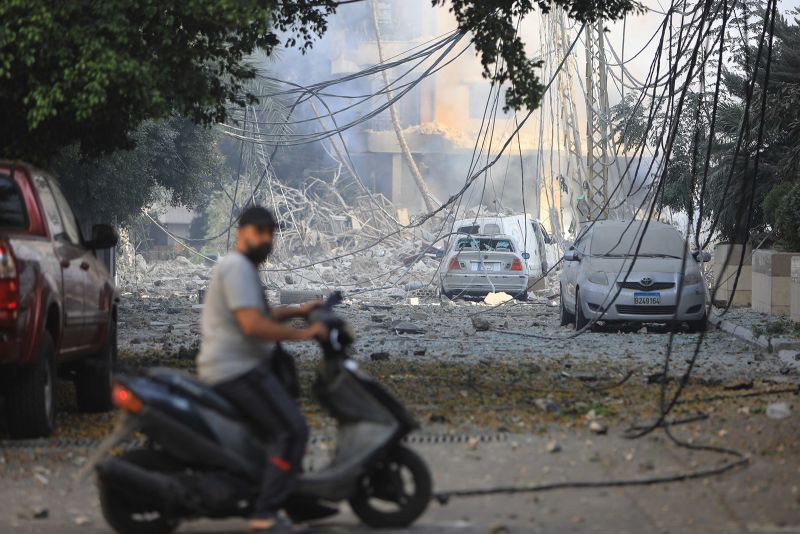The political landscape in the Middle East is evolving rapidly and significantly, with high stakes chess moves playing out on a geopolitical stage. Iran, a key regional heavyweight and a significant influencer in Lebanon, is faced with an intricate and delicately balanced predicament after Hezbollah, its most vocal and robust ally, has faced a significant hit in Lebanon.
Iran’s long-standing alliance with Hezbollah has been central to its strategy in the wider Middle East, offering the Islamic Republic a direct and influential proxy in Lebanon. However, the recent developments have placed Hezbollah on unstable footing, therefore, ratcheting up the pressure on Iran.
Following the devastating Beirut blast in 2020, there has been an awakening of sorts in Lebanon. Protests have ramped up, arrows have been pointed at the incompetence and corruption within the government, and notably, much of the animosity has been directed at Hezbollah. While these facts alone do not symbolize the immediate fall of Hezbollah, they do bring forth an underlying resentment that was previously unreachable in such public and explicit form. No doubt, Hezbollah’s power is under pressure and it has rattled its main backer, Iran.
The recent drop in Hezbollah’s popularity is a culmination of a variety of factors, ranging from corruption allegations to a failure in addressing the long-standing socio-economic issues that plague Lebanon. On top of this, Hezbollah, once seen as a vanguard against Israel, is now viewed by many Lebanese citizens as a militant organization more interested in protecting Iranian interests than those of Lebanon, further staining its reputation.
Therein lies the quandary that Iran faces today. It is now wrestling with how to bolster its key ally and maintain its political influence in Lebanon, while simultaneously dealing with its own economic challenges induced by sanctions from the US and its allies.
Over the coming months, Iran’s strategy may include several possible components. One crucial aspect could involve a more active diplomatic role in the region, aiming to strengthen relationships with other regional players. The goal of this would be to build a stronger coalition of support for Hezbollah and, by extension, for Iranian influence in the area.
Another aspect of Iran’s response might involve a more robust direct financial commitment to Hezbollah, in an effort to shore up its socioeconomic base in Lebanon. However, this option presents a significant challenge, given Iran’s own economic difficulties.
Iran is also likely to leverage its international alliances to counterbalance the local diminishing influence of Hezbollah. It may look to its relationships with nations such as Russia and China, to cement its presence in the Middle Eastern geopolitical sphere, while subtly shifting the balance of power away from Western interests, particularly the United States.
Moreover, soft power will play a role in Iran’s strategy. As it has in the past, Tehran will likely continue to invoke the narrative of resistance against foreign interference, rallying its base and consolidating Hezbollah’s support.
The evolving political dynamics in Lebanon and the blow to its closest ally have placed Iran in a precarious situation. With careful planning and strategic maneuvering, Iran must balance sustaining its influential ally in Lebanon while also catering to its own domestic constraints.




